There’s no doubting the power of inbound marketing.
It’s safe to say that inbound has revolutionized the way marketing works in today’s world.
When it works, that is.
Because many times, it doesn’t. Or at least, it takes too long.
Crafting an inbound campaign requires audience targeting, multiple forms of content based on funnel stages, and perfect integration between marketing and sales. Which rarely happens in most companies.
And on top of that, inbound marketing tends to pull in a very specific type of buyer.
Hint: It ain’t the CEO of a Fortune 500.
Inbound is great for driving certain kinds of leads. But again, many of those are unqualified and can take months to convert.
And you can’t risk spending months or years producing content only to see a trickle of unqualified, small deals roll in your door.
Here’s why inbound marketing fails and how you can guard against it.
Why Inbound Marketing Often Brings in the Wrong Clients
Inbound marketing is like a box of chocolates. You never know…
Cheesy movie quotes aside, this one rings true.
You really don’t know what you’re gonna get when you start a new campaign. Especially when it comes to B2B clients.
Think of it this way:
What clients and client types do you want?
Most likely large corporations. The big-time players. The accounts that will take your business to six-figures overnight.
Now… what clients do you usually get through your blog?
Small businesses. Local shops. Cookie-cutter clients.
Sure, your box of chocolates might have one or two big-time clients. But you really don’t know and can’t always control the outcome.
So why does this happen?
It all comes down to the inbound “funnel.”
Look at the standard funnel stages, and which content/lead magnets are usually associated with them:
Whitepapers, guides, webinars, and demos.
These are all great. They all work to one degree or another. And there’s no doubt about that.
But when it comes to bringing in top clients, the typical inbound playbook fails miserably.
The only people sitting on hour-long webinars and downloading whitepapers are lower-level employees or a small business’s workers looking to improve their day-to-day, tactical activities.
C-suite executives and decision makers for large corporations aren’t anywhere near this type of content. They’re too busy.
And topics like “XX conversion rate tactics to increase your growth by YY%” don’t appeal to them. Because they don’t do tactics. They hire people to do them.
This leads to a long list of unqualified leads. Ones who aren’t making a final decision to purchase. Or even have a budget worth discussing.
Don’t keep reaching into the chocolate box with your fingers crossed. Unless you have another plan or can supplement it to cover the flaws.
Here’s how to take matters into your own hands and prevent the vicious cycle of poor inbound leads.
How Account-Based Marketing Can Help You Land Better Clients
Scaleable marketing activities work at the top of the funnel. Or for companies with extremely low barriers to purchase (read: low-priced, transactional, or free).
But those very same tactics often fail when you move up the food chain.
They aren’t personalized enough. They’re not customized enough.
And that’s exactly what account-based marketing seeks to achieve.
It focuses on identifying and qualifying ideal prospects first, before trying to get them deep into your funnel.
Before you’ve wasted thousands of dollars A/B testing or sending email campaigns and remarketing ads.
Your typical inbound marketing strategy is like fishing with a net, dragging it across the web and collecting as many leads as possible.
Account-based marketing, on the other hand, is like fishing with spears. You’re carefully selecting a target.
A great example comes from WP Engine and Terminus.
Their entire funnel was focused on identifying prospects ahead of time, expanding that research, engaging with them, advocating, and finally measuring success.
Conducting all that account research ahead of time wasn’t cheap or easy. But they got engagement from 93% of accounts on their target list.
Open rates jumped from 27% to 43%.
Overall, they increased their sales opportunities by 28%.
And that’s not all. The WP Engine team targeted 87 accounts and closed 32 deals.
Instead of casting a wide net, they honed in on specific accounts that were desirable and compatible with their services.
Through detailed, one-on-one customization, they were able to land clients that otherwise were unreachable.
So, how do you put some account-based marketing tactics into practice? Here are a few ideas to get you started.
Conduct a Lead Search and Turn Them into an Audience
The first step in any proper account-based marketing game plan is to identify prospects first.
Creating a target list will allow you to get hyper-specific with your marketing messaging.
And we all know that personalization is critical.
Remember that ABM isn’t about marketing to 1,000 companies. Weed out prospects that aren’t going to convert.
Start by researching companies that could utilize your services and that match your target demographics.
You can do most of this directly on LinkedIn’s advanced lead search:
Once you’ve plugged in your data, you can start to add specific target accounts to your list.
Selecting these accounts will add them to your sales list, giving you constant updates.
Now that you’ve found accounts that fit your business goals, it’s time to do some deep digging.
Locate specific accounts and head to their profiles. Click “See all employees” to generate a list of employees at the company:
You can either scan for gatekeepers or use the keyword search to find them faster:
If you notice any shared connections, you have an even better shot at opening the door to a conversation.
And if you dig even deeper, you can often find the prospect’s email and social media accounts:
Start engaging with their content to get yourself out there. Sometimes, that’s all you need to start a conversation.
Take it a step further by researching these leads on tools like Socedo that allow you to target specific leads on social media:
Simply enter a few target keywords related to your products and services, and you’ll generate a huge list of leads.
Weed through the rest by narrowing your keywords down further.
Then simply repeat the same process of engagement and getting your foot in the door. You’ll quickly see which decision makers and buyers from which accounts are in-market.
Keep adding these accounts to a list or a Google Doc that you can keep track of.
The next step is to utilize LinkedIn’s Matched Audiences feature to target ads directly to your accounts.
These new audience formats are already proving to be extremely successful.
Advertisers see a 32% increase in post-click conversion rates with account-based targeting and a 37% increase in CTR for contact targeting.
To get started with these, fire up your LinkedIn Campaign Manager and head to the account assets section.
Click “Matched Audiences”:
Next, select the “Upload list audiences” tab and upload your own list of leads that you’ve collected through Socedo and LinkedIn:
You can upload lists of accounts or direct email contacts:
Be sure to format each with their own template listed in the upload process.
Now you can target high-quality ads their way, driving tons of brand awareness and getting a front row seat to their daily LinkedIn browsing.
Conferences Can Produce High ROIs
Most people think that conferences and conventions are a huge budget waster.
They cost thousands of dollars just to obtain a few tickets.
On top of that, you’ve gotta pay thousands in hotel and transportation costs.
It seems like an ROI nightmare.
Rand Fishkin from Moz estimates that a typical conference can cost anywhere between $4,630–$10,230. That could be your entire month’s marketing budget.
But what if that conference leads to you acquiring a new skill, discovering unique and groundbreaking ideas, or building relationships?
What if it nets you one of your best clients to date?
You could easily double, if not triple, your ROI.
Tons of high-level executives and business owners attend conferences every year. Rand himself has attended dozens over the years and believes they are an amazing investment.
Start by scouting conventions and conferences in your niche, specifically looking at the sponsoring companies of these conventions.
This will give you an idea of whether or not your target accounts are going to be attending.
For example, when you look at Salesforce’s Dreamforce conference page, you can see the exact companies sponsoring and attending:
Knowing that they’re willing to pay big money to sponsor the event and have their brand featured tells you two things:
- They have a large budget
- They are heavily invested in your niche
Those two elements are critical when it comes to driving a sale.
Conferences are a great place to engage in genuine conversation with current targets and even find new targets for your business.
Sure, it’s old school and “lame.” But if lame works, let’s all be lame together.
So, what’s next? What do you do after you’ve initiated a relationship?
Go Old School with Direct Mail
Initiating the relationship is the easy part.
The hard part is standing out amongst the dozen other people vying for the same client you are.
Thinking about sending a targeted email offer?
Think again.
Email alone isn’t enough to catch their attention (even if it has en emoji in the subject).
And CMOs don’t have time to read your email offer.
Remarketing? Forget it. They see thousands of ads a month.
The goal in this step isn’t to get them to convert.
They aren’t ready yet. Account-based marketing takes a long time, but it doesn’t produce subpar leads like inbound marketing does.
While both take time and money, ABM produces a consistent quality of leads with a higher response rate.
To get the attention of high-level executives and big companies, you need to reach them through uncommon mediums.
For example, direct mail.
One study found that direct mail had the third highest ROI of any marketing tactic.
Another found that direct mail open rates are 42%. That’s nearly double email open rates.
One Utah-based marketing company found massive success with a direct mail campaign to land high-ticket clients.
97th Floor in Utah sent out a direct mail piece to their top clients, encouraging them to give back to the community:
On the back of the piece, they gave each client $20 to use to give back during the holiday season:
They effectively connected their offline efforts with online goals.
On top of that, they connected it to a #20helps hashtag to generate more buzz on social media.
Direct mail is old school, but when combined with online landing pages, it’s massively effective.
Why? Direct mail alone isn’t enough. You have to connect it back to inbound and digital best practices.
According to a study, marketing campaigns that used direct mail in conjunction with digital landing pages experienced a 118% lift in response rates.
Meaning people are much more likely to go to your site if you connect direct mail to online activities.
Want to reach the leads you really need?
Think outside the box and flip the script:
Go old school with direct mail, and tie it back to modern times with a landing page.
Conclusion
Inbound marketing was a game changer when the concept came to life.
And it still is today.
But it’s nowhere near foolproof or all-encompassing.
Results can take months to come to fruition, and the leads you do generate aren’t the ones your business really needs.
High-level executives aren’t sitting on your webinars during their busy schedules.
Decision makers aren’t being swayed by what CTA button color you choose.
In the event that your inbound marketing strategy is failing, you need a backup plan.
Safeguarding by using account-based marketing is a great start.
It can help you reduce the “box of chocolates” effect that you find with typical inbound playbooks.
Seemingly old-school sales methods like direct mail can help you cultivate real, genuine relationships with big-time leads.
The biggest customers don’t sign up after a blog post.
They get referrals. They vet. And they build rapport through personalization before ever signing on the dotted line.
About the Author: Brad Smith is the founder of Codeless, a B2B content creation company. Frequent contributor to Kissmetrics, Unbounce, WordStream, AdEspresso, Search Engine Journal, Autopilot, and more.
from The Kissmetrics Marketing Blog https://blog.kissmetrics.com/why-inbound-marketing-fails-and-how-to-guard-against-it/
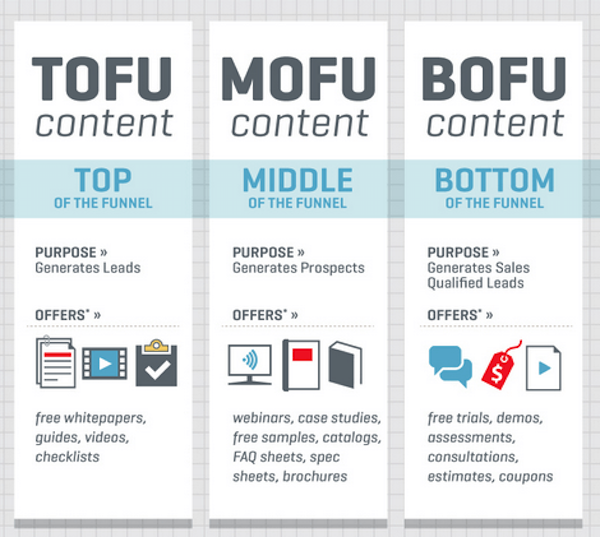


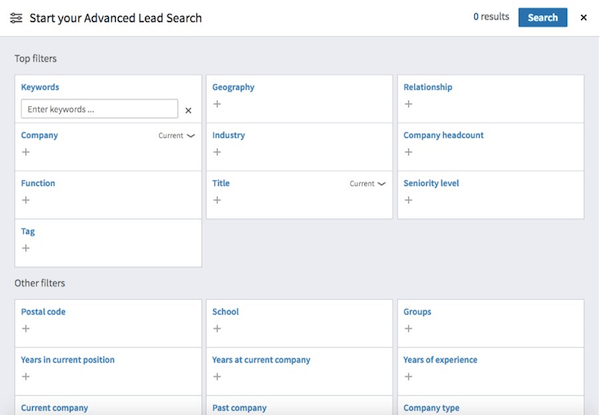


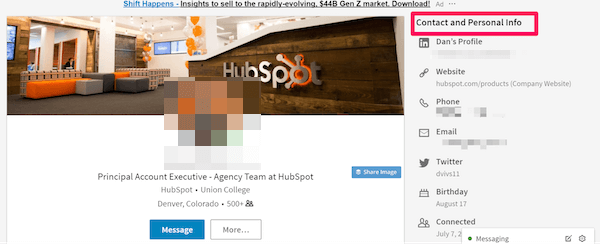

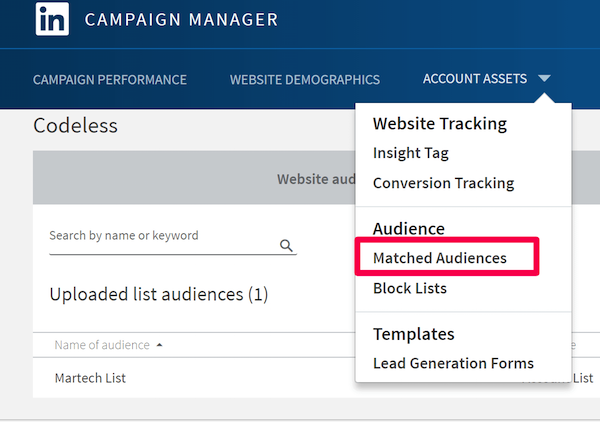




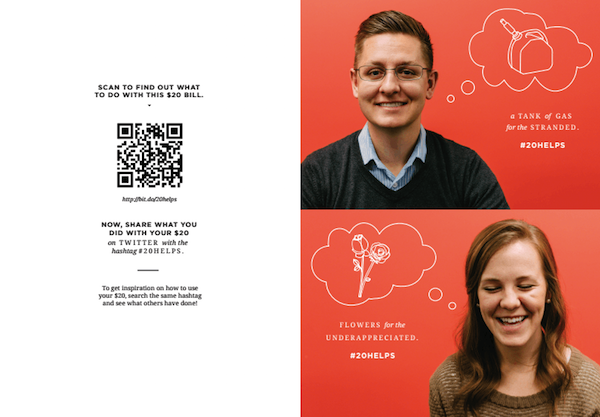
No comments:
Post a Comment